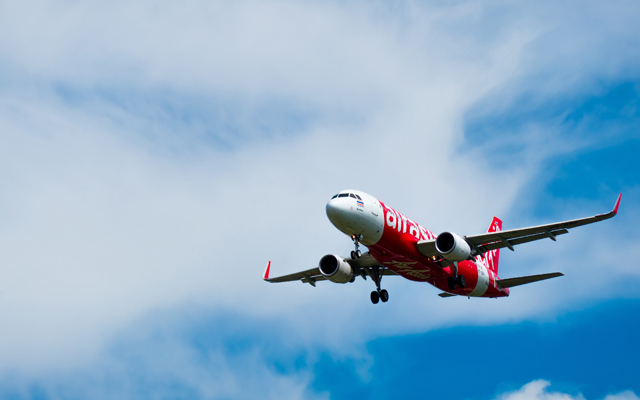In 2Q2017 ending June 30, the AirAsia group posted a 37 per cent increase in operating profit to RM517 million (US$121 million), as revenue increased to RM2.38 billion, supported by a 10 per cent increase in passengers carried alongside a two per cent increase in load factor.
“The consolidated accounts combining our Malaysia, Indonesia and Philippine units show we have managed to fight higher fuel costs with strong (growth in) revenue and operating profit,” AirAsia Group CEO Tony Fernandes commented.

Revenue per available seat kilometre averaged 15.35 Malaysian sen, up 11 per cent. The group attributes the increase to higher average fare per passenger of RM177, up 10 per cent year-on-year, and an increase in ancillary income from RM47 to RM49 per passenger.
Cost per available seat kilometre (CASK) averaged 13.22 Malaysian sen, up five per cent from 12.54 Malaysian sen largely due to higher aircraft fuel expenses. The average fuel price for the group was US$69 per barrel jet kerosene in 1Q2017, compared to US$59 per barrel in the same quarter last year.
“In the lead-up to the stock market listings of Indonesia AirAsia and Philippines AirAsia… both airlines have produced stable profits this quarter of RM59 million and RM29 million respectively. After a successful turnaround, both operations are now more streamlined and better able to compete,” Fernandes said.
And while Thai AirAsia reported weakened financial performance, it still emerged as the only profitable airline in Thailand, where operating conditions were less favourable in the quarter, Fernandes shared.
Operating profit for Thai AirAsia fell 48 per cent year-on-year to 397 million baht (US$12 million). Revenue was up seven per cent to 8.4 billion baht based on a 13 per cent increase in passengers carried, while CASK increased from 4.02 US cents in 2Q2016 to 4.39 US cents, attributed to fuel prices in addition to a January hike in excise tax on jet fuel used on domestic flights.
Fernandes commented: “Our strategy for long-term growth in Thailand is to continue to maintain our leading share in the domestic market while growing our international network. We hope to include Thai AirAsia in our consolidated accounts before the end of the year.”
Turning to the group’s associate company in India, Fernandes reported “spectacular” growth to one million passengers carried in a quarter after growing capacity 83 per cent year-on-year. The group expects AirAsia India will begin to show sizable profit once international operations take off in end-2018.




















